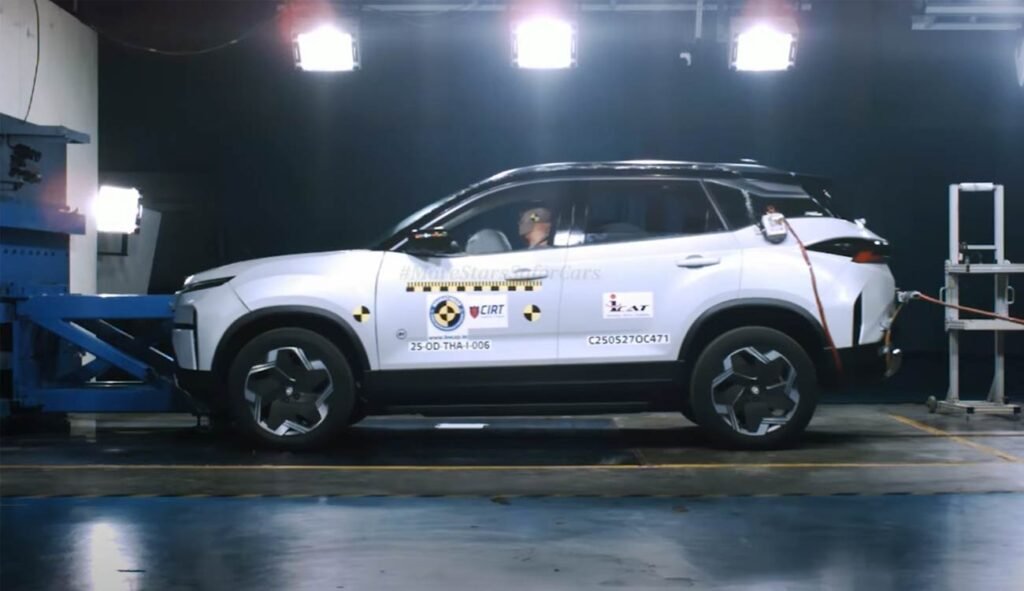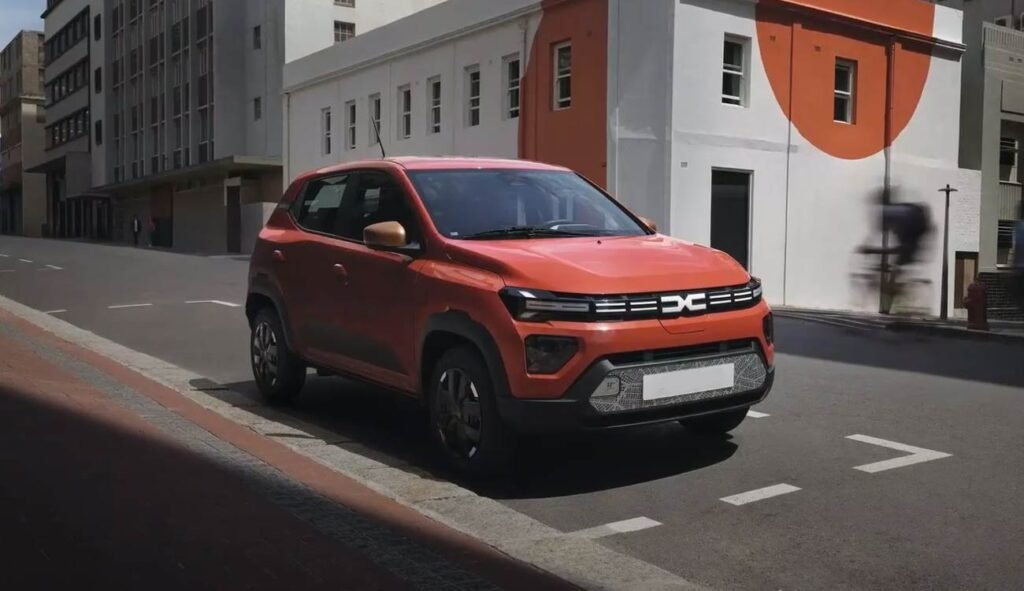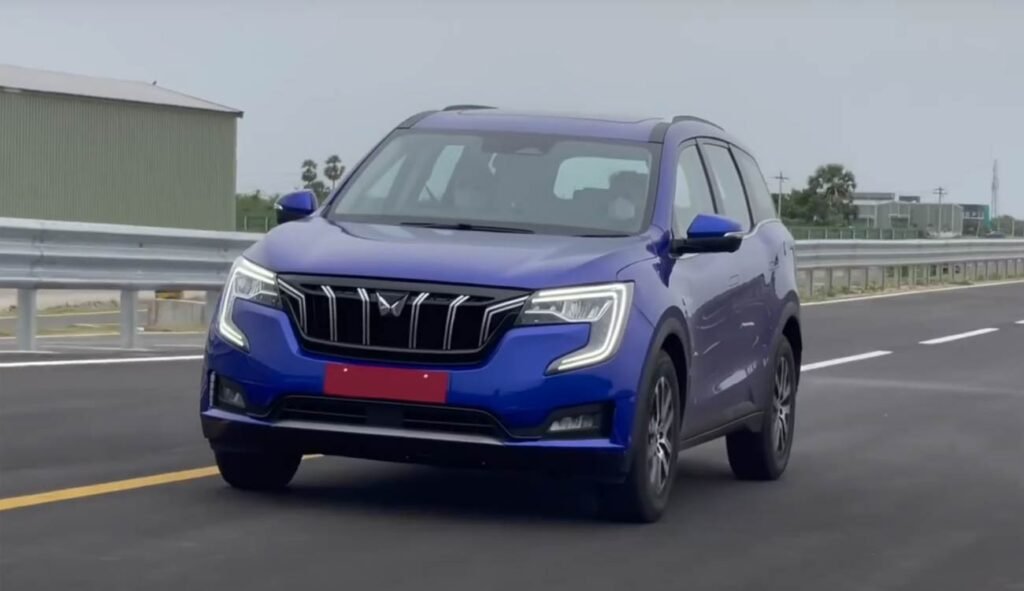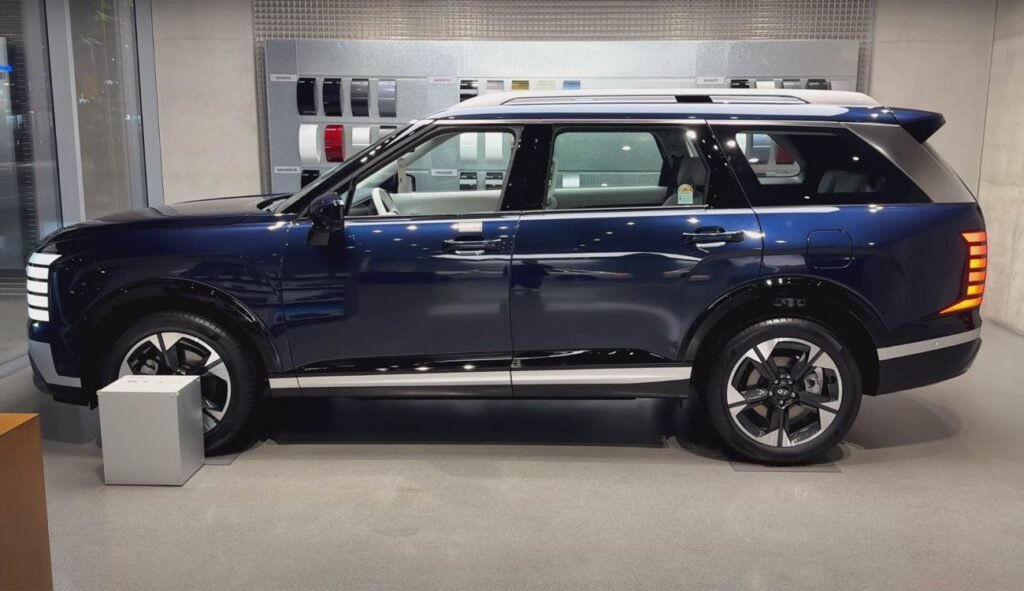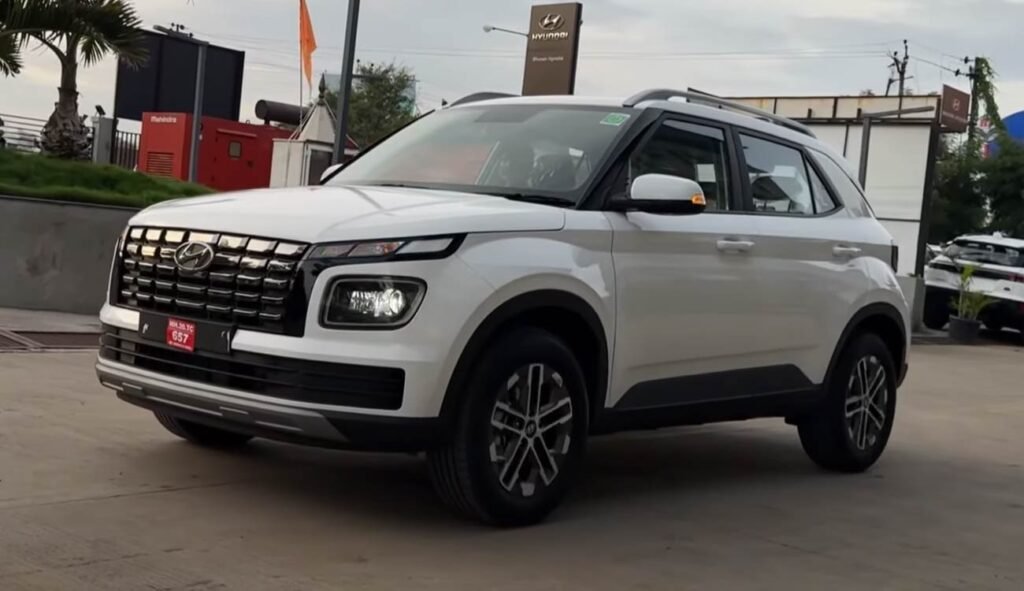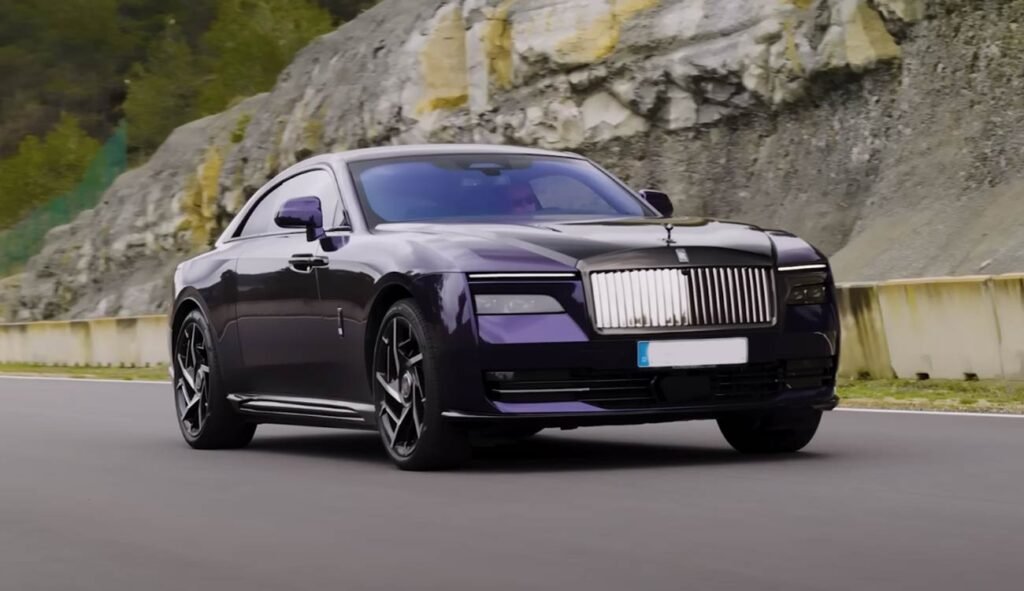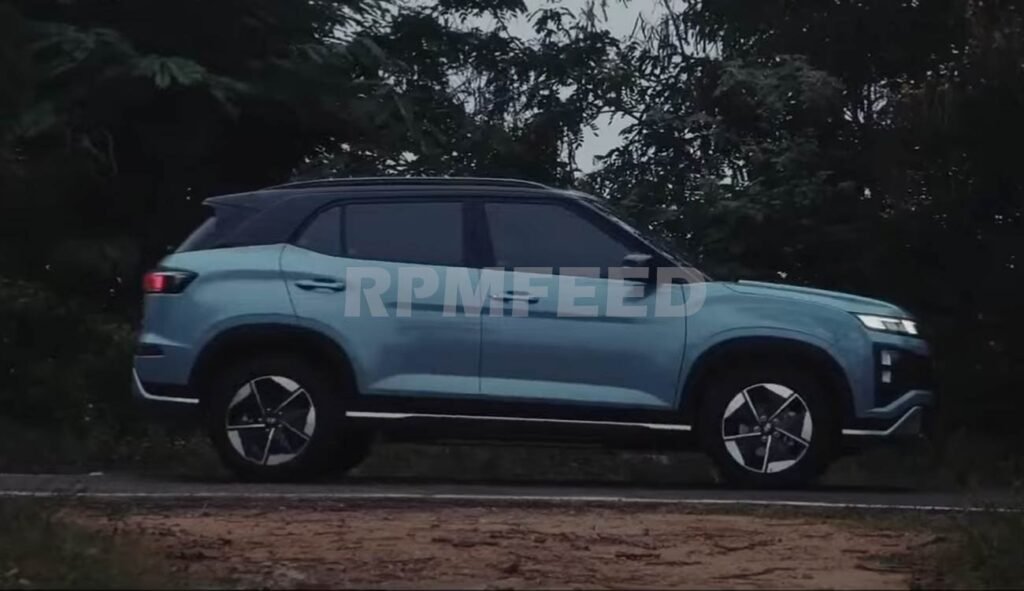Maruti Suzuki recently took a bold step in the Indian automotive market by making six airbags a standard feature across 97% of its vehicle lineup. This safety upgrade has not only strengthened its reputation but also captured consumer attention, particularly for entry-level models like the Wagon R and Celerio.
However, with safety upgrades come pricing challenges that are impacting sales conversions, especially in price-sensitive segments. Here’s a closer look at how this decision is shaping Maruti’s business dynamics and consumer preferences.
A 7% Surge in Bookings
With the addition of six airbags, Maruti Suzuki has seen a noticeable 7% increase in bookings for popular models like the Celerio, Wagon R, and Swift. These safety features have boosted consumer confidence in Maruti’s commitment to passenger protection.
Partho Banerjee, Maruti Suzuki’s Senior Executive Officer, emphasizes, “Safety is becoming an essential consideration for Indian consumers, and the strong response to our updated lineup reflects this trend.”
Pricing Sensitivity and Sales Challenges
Despite heightened interest, Maruti faces hurdles in converting these bookings into final sales. The cost of including six airbags has driven up vehicle prices by Rs 10,000 to Rs 35,000, depending on the model.
For entry-level buyers, this price increase poses significant challenges. Banerjee highlighted that customers in this segment are particularly price-conscious, making affordability a priority. To counter this, Maruti is actively exploring financing solutions to make the higher costs more manageable for consumers.
The Eeco model, a long-standing favorite, has been notably affected, with its higher sticker price putting pressure on its sales performance.
Shifting Market Trends
Another influencing factor is the rapid growth of the SUV segment, which is cannibalizing sales of hatchbacks like the Alto and S-Presso. This market shift is prompting Maruti to adapt its strategy to tackle the growing preference toward larger, feature-rich vehicles.
Pending Updates and the Road Ahead
Currently, only two models in Maruti’s lineup have yet to receive the six-airbag upgrade: S-Presso from Arena and Ignis from Nexa. Both models are nearing the end of their lifecycles and contribute a modest 2.5% to Maruti’s total sales volume.
For the rest of the lineup, Maruti has successfully implemented six airbags as a standard feature in 97% of its vehicles, showcasing its dedication to consumer safety while addressing evolving market needs.
What Lies Ahead for Maruti Suzuki
Maruti Suzuki’s initiative to enhance vehicle safety by adding six airbags has been a game-changer, elevating consumer trust and interest. However, balancing safety features with affordability presents a unique challenge in a highly competitive and price-sensitive market like India.
The company’s focus on exploring financing options, coupled with its proactive approach to market trends, reflects Maruti’s determination to stay ahead. With 97% of its portfolio updated for safety and an eye on evolving customer preferences, Maruti Suzuki is laying the groundwork for long-term success.

